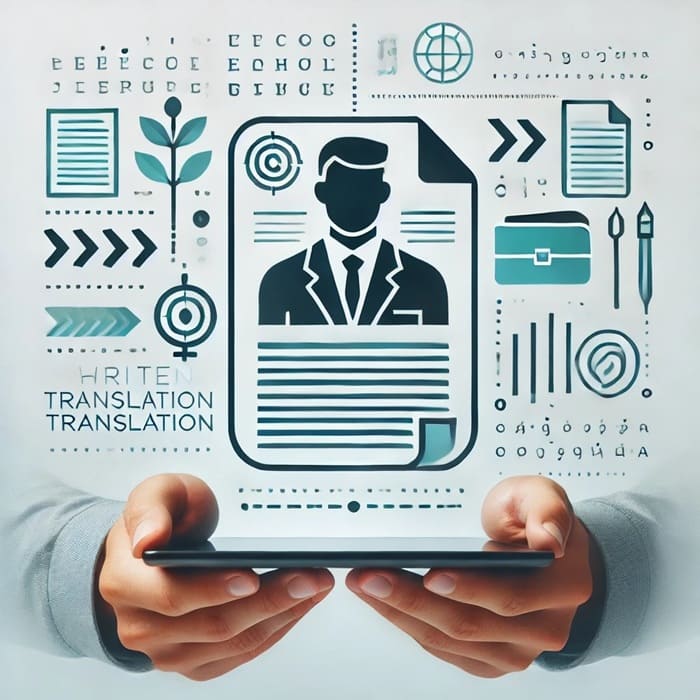Innovations and News in the Translation Industry
The translation industry has undergone significant changes in recent decades, driven by technological advances, globalisation and the growing demand for multilingual communication. In this presentation, we will explore the latest innovations and news in the translation industry, highlighting the key trends, technologies and developments that are shaping the future of translation services.
What’s on offer in the world of professional translation
Machine Translation (MT)
Neural Machine Translation (NAM)
Neural Machine Translation (NFT) has revolutionised the translation industry by providing more accurate and fluent translations compared to traditional methods. NAN uses deep learning algorithms to understand and generate translations, allowing it to handle complex linguistic structures and idiomatic expressions.
Adaptive Machine Translation
Adaptive Machine Translation is a recent development that allows translation systems to learn and improve in real time based on user feedback. This technology enables personalised translation experiences and increases the efficiency of translation workflows.
What’s on in the world of AI and translation
Artificial Intelligence (AI) and Natural Language Processing (NLP)
AI-Powered Translation Tools
AI-powered translation tools leverage machine learning and PLN to provide advanced translation capabilities. These tools can understand context, detect nuances and provide more accurate translations.
Voice Recognition and Voice Translation
Speech recognition and voice translation technologies have advanced significantly, enabling real-time translation of spoken language. These innovations are especially useful for international business meetings, travel and customer support.
What’s on in the world of professional translation and tms
Translation Management Systems (TMS)
Cloud-based TMS
Cloud-based Translation Management Systems (TMS) offer centralised platforms for managing translation projects, enabling collaboration, scalability and efficiency.
AI integration in TMS
Integrating AI into TMS platforms improves translation workflows by automating repetitive tasks, providing intelligent suggestions and improving overall project management.
What’s in the world of translation localisation?
Localisation and Cultural Adaptation
Advanced Localisation Tools
Localisation involves adapting content to suit the cultural and linguistic preferences of a specific audience. Advanced localisation tools facilitate this process by providing features such as context analysis, cultural sensitivity checks and regional language variants.
Multimedia Localisation
Multimedia localisation focuses on adapting audio, video and interactive content to different languages and cultures. This includes dubbing, subtitling, voice-over and graphics localisation.
What’s out there in the world of specific translations
Industry-specific translation solutions
Legal and Financial Translation
The legal and financial sectors require precise and accurate translations due to the complexity and importance of the content. Specialised translation solutions cater to these industries by providing terminology management, regulatory compliance and confidentiality.
Medical and Life Sciences Translation
Medical and life sciences translation involves translating clinical trials, medical reports and pharmaceutical documentation. This field requires high accuracy and adherence to regulatory standards.
What’s on in the world of EU translation
Professional Community and Collaborative Translation
Crowdsourcing and Community Translation
Crowdsourcing translation involves harnessing the collective knowledge and skills of a community to translate content. This approach is cost-effective and can handle large volumes of content quickly.
Collaborative Translation Platforms
Collaborative translation platforms allow multiple translators to work on the same project simultaneously, improving efficiency and consistency.
What is in the world of professional ethics?
Ethical considerations and challenges
Privacy and Data Security
With the increasing use of cloud-based and AI-driven translation tools, data privacy and security have become critical concerns. Ensuring the confidentiality and protection of sensitive information is critical.
Quality Assurance and Human Oversight
Despite advances in machine translation, human supervision remains essential to ensure translation quality, cultural appropriateness and accuracy.
What’s in store for the future of professional translation?
Future trends and predictions
AI-Driven Personalisation
AI-powered personalisation will continue to improve translation services by providing personalised translations based on user preferences, context and past interactions.
Integration with Augmented Reality (AR) and Virtual Reality (VR)
The integration of translation technology with AR and VR will enable immersive multilingual experiences, transforming how users interact with digital content and environments.
Expansion of support in different languages
The expansion of language support will continue as translation technologies improve and become more accessible. This will facilitate communication in a wider range of languages and dialects.
What’s on offer in the world of professional translation
Conclusion
The translation industry is undergoing a transformative phase, driven by advances in AI, machine translation and localisation technologies. These innovations are making translation services more accurate, efficient and accessible, enabling seamless communication in our increasingly globalised world. As the industry continues to evolve, it will be essential to address ethical considerations, ensure quality and leverage new technologies to meet the growing demand for multilingual communication.







